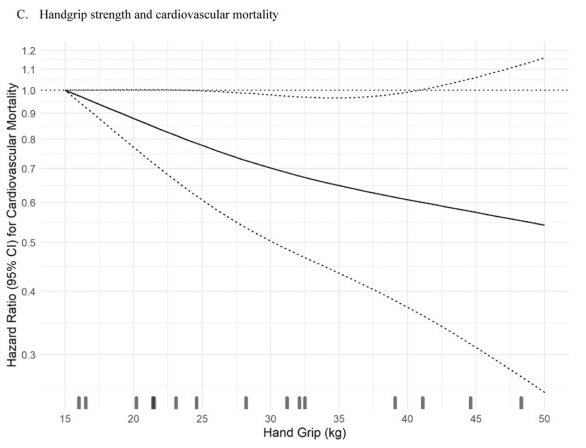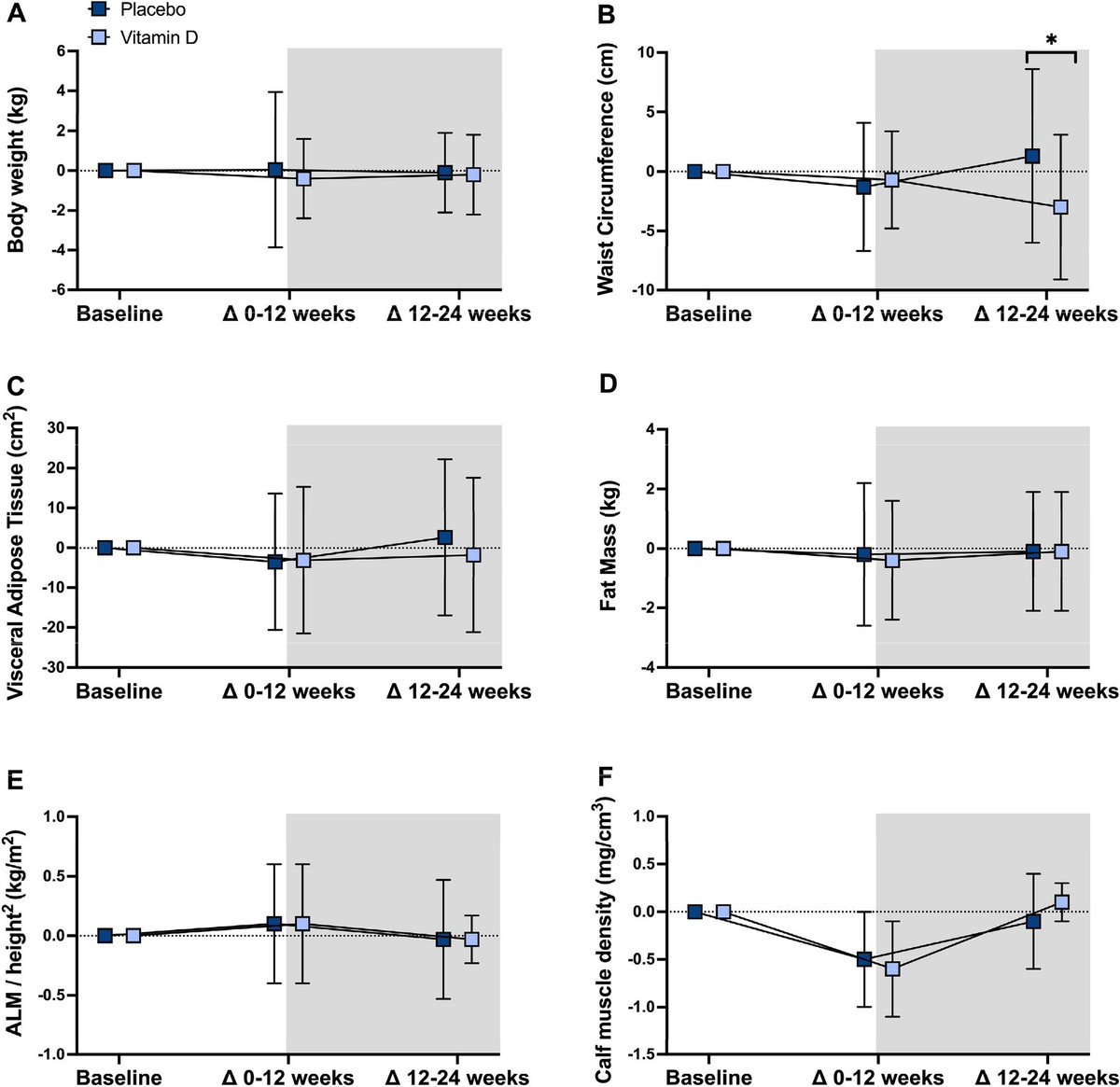
This systematic review and meta-analysis found that low levels of handgrip strength are likely to increase the risk of all-cause, cancer and cardiovascular mortality. 







- Higher levels of handgrip strength reduced the risk of all-cause mortality within 26 to 50 kilograms in a close-to-linear inverse dose-response fashion
- Cancer mortality exhibited a flattened U-shaped association with a risk reduction between 16 and 33 kilograms.
- A similar pattern of association was found for cardiovascular mortality, for which a significant risk reduction ranging from 24 to 40 kilograms was found.
Thresholds of handgrip strength for all-cause, cancer, and cardiovascular mortality: a systematic review with dose-response meta-analysis (open access)
doi.org/10.1016/j.arr.…
#exercise #GymLife #GymTime #muscle #strength #lift #GetStrong #cardio #hiit
doi.org/10.1016/j.arr.…
#exercise #GymLife #GymTime #muscle #strength #lift #GetStrong #cardio #hiit
• • •
Missing some Tweet in this thread? You can try to
force a refresh
















